Test your knowledge about Heartworm disease and then give us a call to order your heartworm prevention.
... See MoreSee Less
8 hours ago
Protecting yourself and your family from a dog bite:
Be cautious around strange dogs and treat your own pet with respect. Because children are the most common victims of dog bites, parents and caregivers should keep these tips in mind:
* Never leave a baby or small child alone with a dog.
* Be alert for potentially dangerous situations, and take measures to prevent or
stop them from escalating.
* Teach children—including toddlers—to be careful around and respectful of pets. * Teach children not to approach strange dogs or try to pet dogs by reaching
through fences.
* Teach your children to ask permission from the dog’s owner before petting any
dog.
Here are other tips for preventing dog bites:
* Don’t run past a dog. Dogs naturally love to chase and catch things. Don’t give
them a reason to become excited or aggressive.
* Never disturb a dog that’s caring for puppies, sleeping, or eating.
* Never reach through or over a fence to pet a dog. Dogs can be protective of their
territory, and may interpret your action as a threat.
* If a dog approaches to sniff you, stay still. In most cases, the dog will go away
when it determines you are not a threat.
* If you are threatened by a dog, remain calm. Don’t scream or yell. If you say
anything, speak calmly and firmly. Avoid eye contact. Try to stay still until the dog
leaves, or back away slowly until the dog is out of sight. Don’t turn and run.
* If you fall or are knocked to the ground, curl into a ball with your hands over your
head and neck. Protect your face.
... See MoreSee Less
11 hours ago
Preventing dog bites as a pet owner:
Although media reports and rumors often give the impression that certain breeds of dog are more likely to bite, there is little scientific evidence to support those claims. It is more important to focus on things that we know increase the chance of a bite occurring.
Carefully select your pet: Don’t get a puppy on impulse. Before and after selection, your veterinarian is your best source for information about behavior, health and suitability.
Socialize your pet: so he/she feels at ease around people and other animals. Gradually expose your puppy to a variety of situations under controlled circumstances; continue that exposure on a regular basis as your dog gets older. Don’t put your dog in a position where he/she feels threatened or teased.
Take extra care with young children: If you have a dog and young children, always supervise their interaction with dogs, including your own dogs. Carefully manage the introduction of a child or a new dog to your household. Consider delaying acquiring a new dog until your children are over the age of four.
Train your dog: The basic commands “sit,” “stay,” “no,” and “come” can be incorporated into fun activities that build a bond of obedience and trust between pets and people. Avoid highly excitable games like wrestling or tug-of-war. Use a leash in public to ensure you are able to control your dog.
Keep your dog healthy: Have your dog vaccinated against rabies and preventable infectious diseases. Parasite control and overall health care are important because how your dog feels directly affects how it behaves. Dogs in pain are more likely to bite, so have painful conditions such as arthritis, or injuries addressed by your veterinarian. Walk and exercise your dog regularly to keep it healthy and provide mental stimulation.
Take precautions: Obey leash laws. If you have a fenced yard, make sure the gates are secure. Studies of dog bite events suggest that it may be beneficial to spay or neuter your dog; discuss these procedures with your veterinarian.
Be alert: Recognize when your dog is stressed, uncomfortable, or showing signs of aggression, and be prepared to prevent escalation of the situation. Remove your dog from situations that could increase the risk of biting. If your dog shows signs of fear or aggression that seem unprovoked or potentially dangerous, consult a veterinarian to determine the cause and seek treatment.
Preventing dog bites to delivery personnel:
* Make sure your dog is secured in a separate room, crate, or fenced area.
* Place visible signs on your door or your property to warn delivery personnel
about the presence of a dog.
* If possible, notify delivery services about your dog and any special instructions
for delivering packages to your home.
* Regularly monitor your dog's behavior and consult with a veterinarian if you
notice any signs of aggression.
... See MoreSee Less
1 day ago


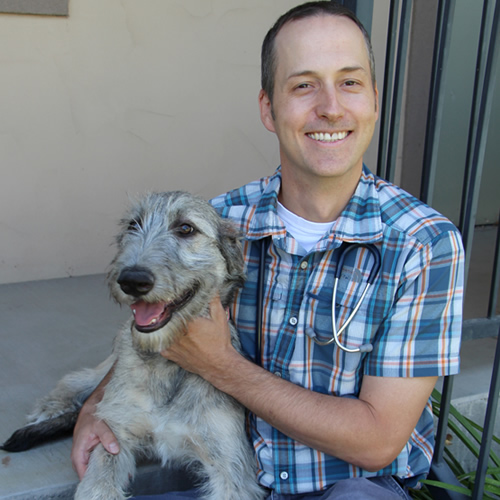

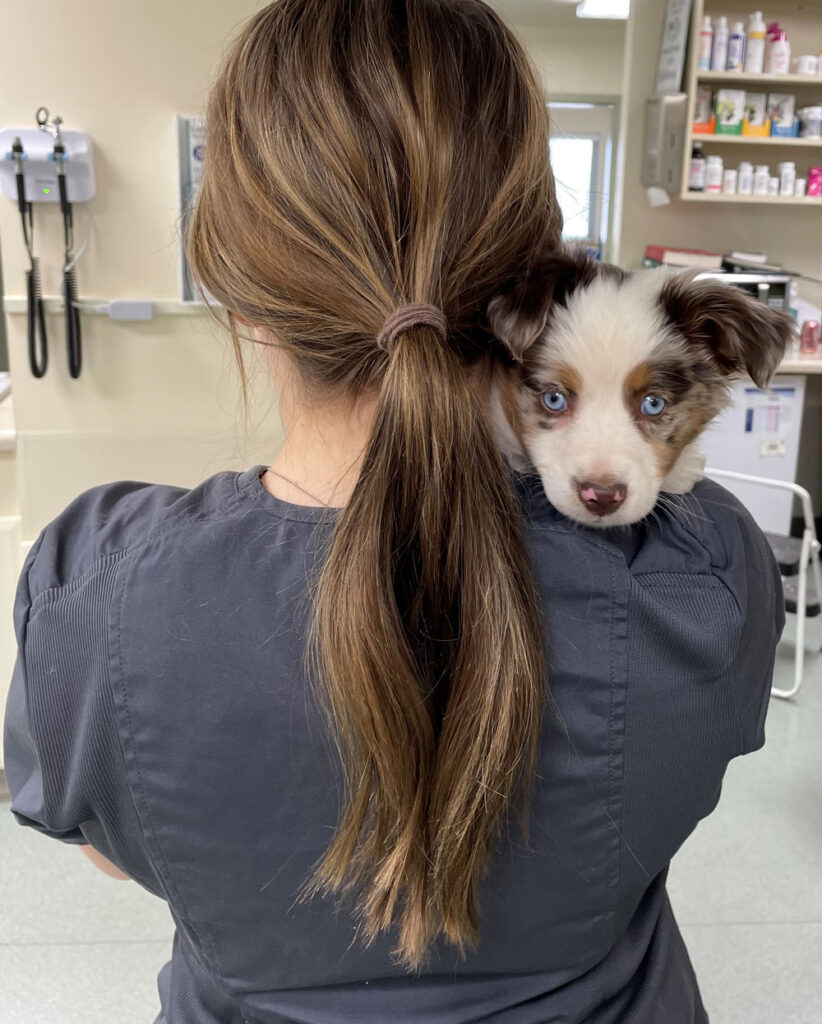








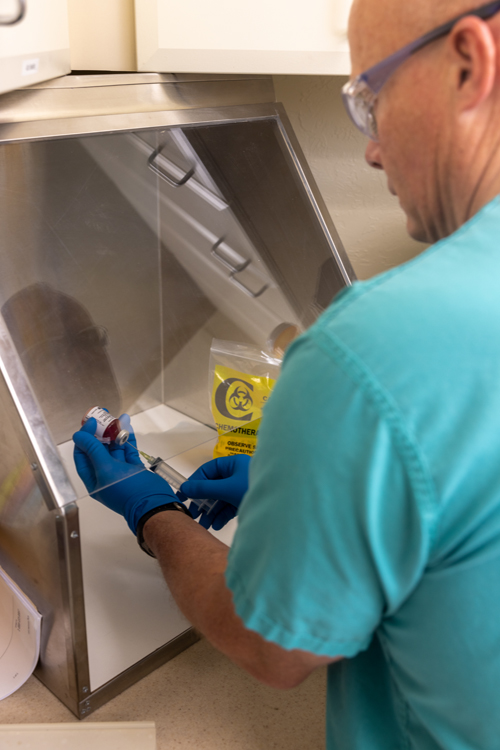


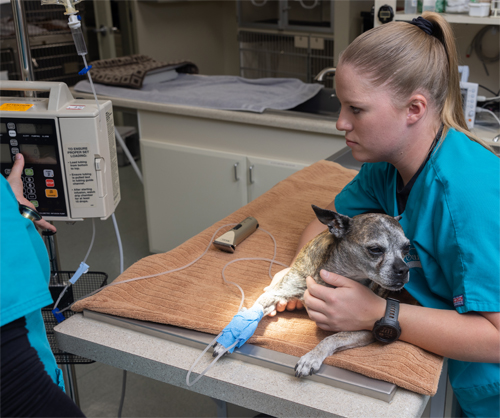


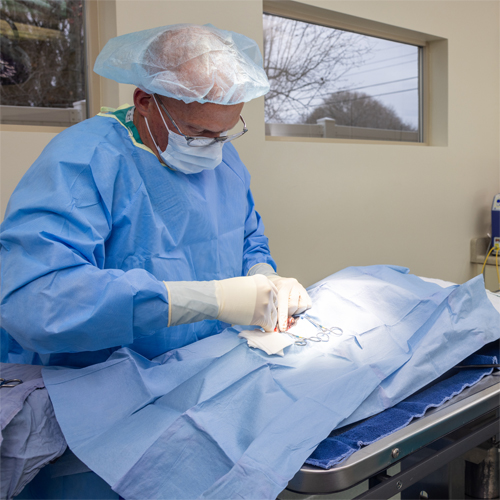
We’re on Facebook
Test your knowledge about Heartworm disease and then give us a call to order your heartworm prevention. ... See MoreSee Less
Comment on Facebook
Protecting yourself and your family from a dog bite:
Be cautious around strange dogs and treat your own pet with respect. Because children are the most common victims of dog bites, parents and caregivers should keep these tips in mind:
* Never leave a baby or small child alone with a dog.
* Be alert for potentially dangerous situations, and take measures to prevent or
stop them from escalating.
* Teach children—including toddlers—to be careful around and respectful of pets. * Teach children not to approach strange dogs or try to pet dogs by reaching
through fences.
* Teach your children to ask permission from the dog’s owner before petting any
dog.
Here are other tips for preventing dog bites:
* Don’t run past a dog. Dogs naturally love to chase and catch things. Don’t give
them a reason to become excited or aggressive.
* Never disturb a dog that’s caring for puppies, sleeping, or eating.
* Never reach through or over a fence to pet a dog. Dogs can be protective of their
territory, and may interpret your action as a threat.
* If a dog approaches to sniff you, stay still. In most cases, the dog will go away
when it determines you are not a threat.
* If you are threatened by a dog, remain calm. Don’t scream or yell. If you say
anything, speak calmly and firmly. Avoid eye contact. Try to stay still until the dog
leaves, or back away slowly until the dog is out of sight. Don’t turn and run.
* If you fall or are knocked to the ground, curl into a ball with your hands over your
head and neck. Protect your face. ... See MoreSee Less
Comment on Facebook
Preventing dog bites as a pet owner:
Although media reports and rumors often give the impression that certain breeds of dog are more likely to bite, there is little scientific evidence to support those claims. It is more important to focus on things that we know increase the chance of a bite occurring.
Carefully select your pet: Don’t get a puppy on impulse. Before and after selection, your veterinarian is your best source for information about behavior, health and suitability.
Socialize your pet: so he/she feels at ease around people and other animals. Gradually expose your puppy to a variety of situations under controlled circumstances; continue that exposure on a regular basis as your dog gets older. Don’t put your dog in a position where he/she feels threatened or teased.
Take extra care with young children: If you have a dog and young children, always supervise their interaction with dogs, including your own dogs. Carefully manage the introduction of a child or a new dog to your household. Consider delaying acquiring a new dog until your children are over the age of four.
Train your dog: The basic commands “sit,” “stay,” “no,” and “come” can be incorporated into fun activities that build a bond of obedience and trust between pets and people. Avoid highly excitable games like wrestling or tug-of-war. Use a leash in public to ensure you are able to control your dog.
Keep your dog healthy: Have your dog vaccinated against rabies and preventable infectious diseases. Parasite control and overall health care are important because how your dog feels directly affects how it behaves. Dogs in pain are more likely to bite, so have painful conditions such as arthritis, or injuries addressed by your veterinarian. Walk and exercise your dog regularly to keep it healthy and provide mental stimulation.
Take precautions: Obey leash laws. If you have a fenced yard, make sure the gates are secure. Studies of dog bite events suggest that it may be beneficial to spay or neuter your dog; discuss these procedures with your veterinarian.
Be alert: Recognize when your dog is stressed, uncomfortable, or showing signs of aggression, and be prepared to prevent escalation of the situation. Remove your dog from situations that could increase the risk of biting. If your dog shows signs of fear or aggression that seem unprovoked or potentially dangerous, consult a veterinarian to determine the cause and seek treatment.
Preventing dog bites to delivery personnel:
* Make sure your dog is secured in a separate room, crate, or fenced area.
* Place visible signs on your door or your property to warn delivery personnel
about the presence of a dog.
* If possible, notify delivery services about your dog and any special instructions
for delivering packages to your home.
* Regularly monitor your dog's behavior and consult with a veterinarian if you
notice any signs of aggression. ... See MoreSee Less
Comment on Facebook
We’re on Instagram